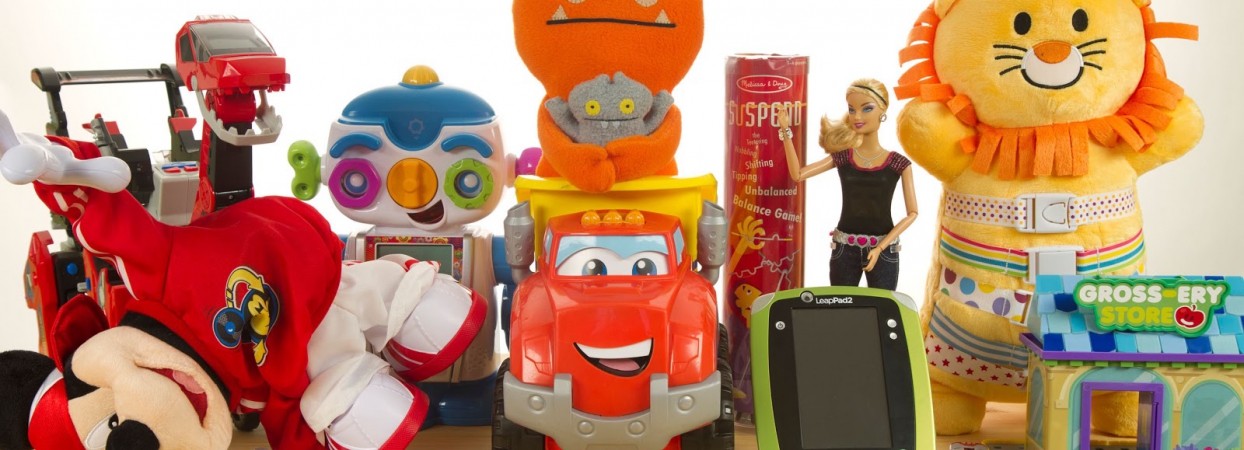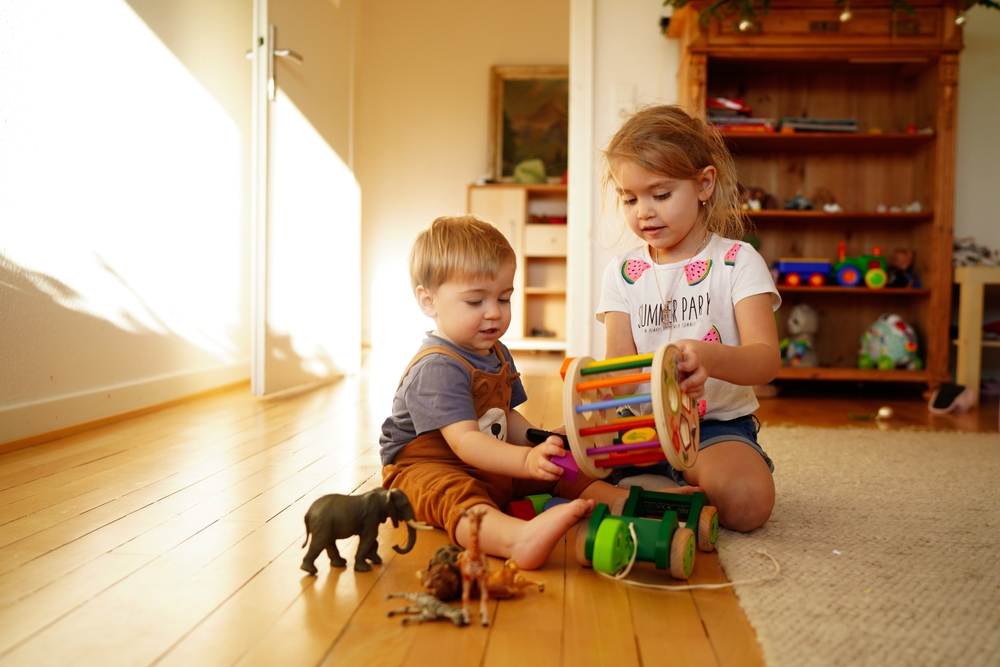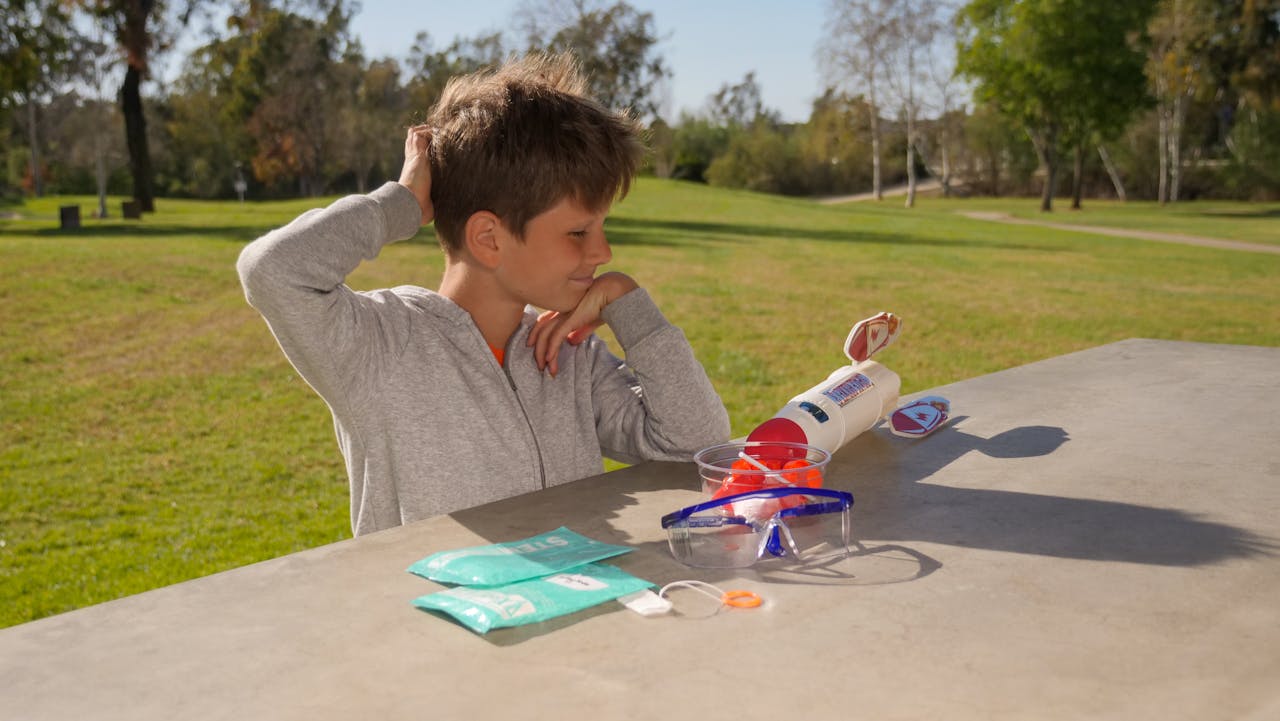Bringing beloved toys from the past back to store shelves takes more than just dusting off old molds and reprinting packaging. Successful retro toy relaunches require carefully crafted PR and marketing strategies that connect with both nostalgic adults and a new generation of young players. Major toy companies like Hasbro and Mattel have seen remarkable results by balancing heritage with modern appeal – the relaunch of Transformers drove over $2 billion in retail sales by engaging parents who grew up with the original toys while attracting kids through updated designs and new media. This comprehensive guide examines proven PR approaches for reviving classic toys, from influencer partnerships to multi-generational storytelling.
PR Overview
Understanding the Power of Toy Nostalgia
Research shows that nostalgia-driven marketing can increase brand loyalty by up to 40% compared to standard campaigns. This emotional response stems from positive childhood memories associated with beloved toys, creating powerful purchasing motivations when adults encounter these products again. A 2021 study by the NPD Group found that 8 out of 10 parents actively seek out toys from their own childhoods to share with their kids.
This psychological foundation makes retro toys uniquely positioned for successful revivals. When people encounter familiar toys from their past, it triggers what researchers call the “reminiscence bump” – an enhanced recall of positive memories from adolescence and early adulthood. Smart PR strategies tap into these emotional connections while making classic toys relevant for today’s play patterns.
Reintroducing Classic Toys to Modern Audiences
The key to successfully relaunching retro toys lies in finding the right balance between preserving beloved elements while updating features for contemporary appeal. Take LEGO’s approach – while maintaining their iconic brick system, they’ve introduced modern themes and digital integration through apps and games. This strategy helped LEGO achieve double-digit growth even during economic downturns.
Product updates should focus on:
- Maintaining core play patterns that made the original successful
- Adding modern safety features and durability improvements
- Introducing new colors, accessories, or play sets that expand possibilities
- Creating digital components that enhance rather than replace physical play
Packaging and presentation also play vital roles. Mattel’s Hot Wheels revivals feature vintage-inspired card art while incorporating modern retail requirements and sustainable materials. This approach resonates with collectors while meeting current market expectations.
Celebrity and Influencer Partnerships
Strategic partnerships with public figures can significantly amplify retro toy launches. According to a report from Highlight PR, toy-focused influencer campaigns see engagement rates 30% higher than standard marketing content. The key lies in selecting partners with authentic connections to the brand.
Social media stars who genuinely played with the original toys as children make particularly effective ambassadors. Their personal stories create credible bridges between generations. For example, when Hasbro relaunched Mall Madness, they partnered with millennial parent influencers who shared authentic memories of the game while demonstrating its appeal to modern kids.
YouTube has become an especially powerful channel for toy marketing. Unboxing videos and play demonstrations from trusted creators help parents and children visualize how classic toys fit into contemporary play scenarios. These partnerships work best when brands:
- Give creators creative freedom while maintaining brand guidelines
- Provide exclusive early access and behind-the-scenes content
- Support both long-form content and short social media clips
- Track performance through specialized influencer marketing platforms
Leveraging Original Fan Stories
Personal narratives from long-time fans provide powerful marketing content that feels authentic rather than manufactured. A survey by Brandwatch found that user-generated content featuring nostalgic products receives 28% higher engagement than branded posts alone.
Successful PR campaigns often include:
- Social media contests collecting fan memories
- Video testimonials from original players
- Multi-generational family stories showing toys passed down
- Community events bringing together collectors and new fans
These stories work particularly well on platforms like Instagram and Pinterest, where visual content drives engagement. Hasbro’s G.I. Joe Classified Series launch incorporated fan photos spanning 50 years of collecting, creating an emotional timeline that connected with multiple age groups.
Choosing Effective Marketing Channels
Different platforms serve distinct roles in retro toy campaigns. Research shows the following channels perform best for specific objectives:
Social Media:
- Instagram: Visual storytelling and collector showcases
- TikTok: Short-form nostalgic content and trends
- Facebook: Community building and multi-generational engagement
- Pinterest: DIY content and collection inspiration
Traditional Media:
- Print magazines: Detailed collector features
- Television: Brand awareness and emotional connection
- Radio: Local market activation and event promotion
Digital Platforms:
- YouTube: In-depth reviews and demonstrations
- Blogs: Collector resources and community news
- Email: Direct communication with fans
Measuring Campaign Success
Tracking the right metrics helps optimize retro toy PR efforts. Key performance indicators should include:
Short-term Metrics:
- Social media engagement rates
- Media coverage reach and sentiment
- Website traffic and conversion rates
- Initial sales velocity
Long-term Indicators:
- Brand loyalty metrics
- Customer lifetime value
- Market share growth
- Cross-generational brand awareness
According to industry data, successful retro toy launches typically see 15-25% higher customer retention rates compared to new product introductions.
Creating Multi-Generational Appeal
Modern toy revivals must satisfy both collectors and new players. Research shows successful launches typically achieve a 60/40 split between new customers and returning fans. This balance maintains brand heritage while expanding market reach.
PR strategies should emphasize:
- Quality improvements that benefit both audiences
- Packaging variants for collectors and players
- Price points accessible to different consumer segments
- Retail placement that reaches multiple demographics
Conclusion
Successful PR strategies for retro and nostalgic toys require careful attention to authenticity, multi-generational appeal, and modern marketing techniques. By combining emotional storytelling with strategic partnerships and measurable outcomes, brands can create lasting connections between past and present players. The most effective campaigns honor toy heritage while embracing contemporary play patterns and communication channels.
For marketing professionals planning retro toy launches, focus on:
- Building authentic emotional connections through real fan stories
- Selecting partners who genuinely connect with the brand
- Measuring both immediate results and long-term loyalty
- Maintaining balance between nostalgia and modern appeal
With careful planning and execution, classic toys can find new life and create fresh memories for the next generation of players.
Position Yourself as a Health Expert Journalists Actually Call
Most health and wellness founders hit a wall when their expertise outpaces their visibility....
How to Promote Educational Toys Through PR
Parents and educators increasingly seek toys that do more than entertain—they want products that...
Emerging Trends in PR for Toys and Games
The toy industry stands at a crossroads where traditional play meets digital innovation, and where...




